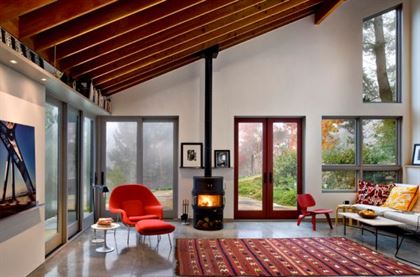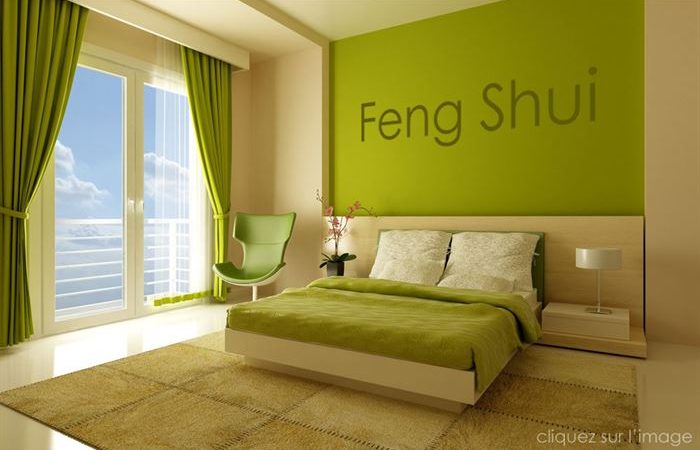There is a lot of thought that goes into sprucing up your space. Indeed, there are many things you can do to make your house feel more like a home. Apart from being beautiful, a home needs to be comfortable, and according to the Chinese, it also has to be spatially-arranged and designed in such a way that it allows the favourable flow of energy of those living in it.
Feng Shui (pronounced “fung shway”) is the Chinese system of laws that looks into the effect the position of objects in a particular setting has on a person’s energy flow. Simply put, it is the art of placement that delves into the interaction between people and their respective environments. According to this famous Chinese thought, the correct positioning of things in your surroundings will allow you to achieve harmony with everything around you.

So, how can you apply this system to your living environment? Read on.
For a Feng Shui beginner, you want to start with the basics, especially if you’re going to do it yourself. The first and most important thing you need to do to get started is to clean out your clutter. This is the primary step towards allowing harmonious and positive Feng Shui energy to flow. Once you’ve done that, you’re ready to work on introducing good quality air and light into your home. Air-purifying plants, such as the Bamboo Palm, Boston Fern, and English Ivy, are better alternatives to electronic air purifiers (but you have the option to use those too, should you so desire).

Next is defining your home’s “Bagua,” or energy map. It is essentially finding out which areas of your home are associated with exact areas of your life. You can use either the Traditional School Bagua method, or the BTB (Black Sect Tantric Buddhist) school of Feng Shui grid. The difference between the two is that the BTB does not make use of the compass. To give you an example, in the compass Feng Shui school, the Southeast area is connected to money energy flow.
Afterwards, study the five element theory of Feng Shui to determine the chi energy of every direction (fire, wood, metal, earth, and water). Going back to our previous example, if you wish to improve or attract wealth, then bring in the Feng Shui elements of Wood and Water in the Southeast area of your home. This need not equate to the exact element itself, but a representation of it, such as colours.
There are many other things you can do to bring harmony into your home through the Feng Shui process. Once you’ve accomplished the basic things you need to begin with, you may explore higher levels of practice and study this Chinese ancient art to bring more light to your life.
Take a peak in our for your future home and practice the Feng Shui process.



